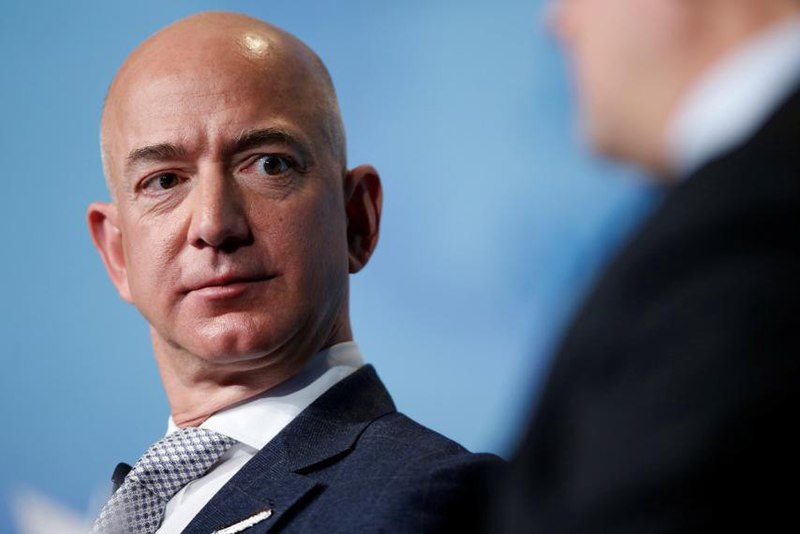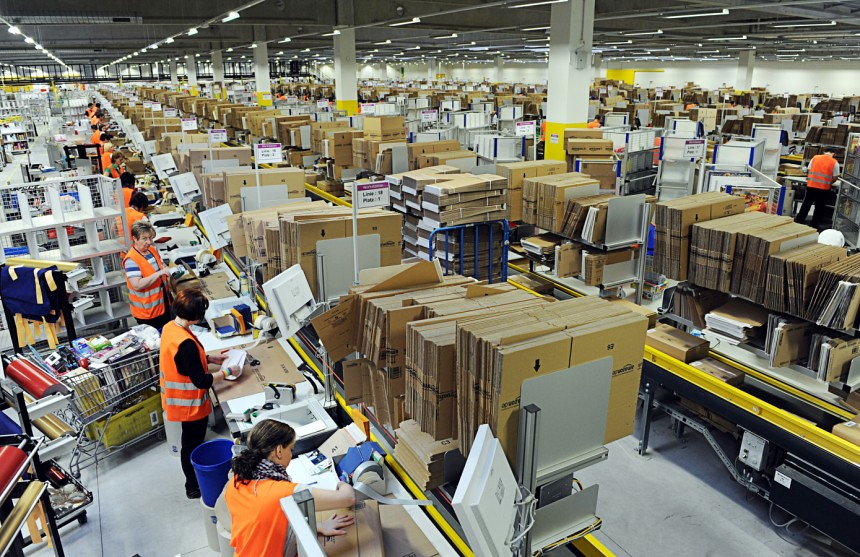Last week, in response to the harsh demands and stressful working conditions imposed on them on a daily basis, Amazon warehouse workers around the globe went on strike.
The strike took place during Amazon’s annual “Prime Day,” the day in which the retail behemoth offers countless deals on their products and sees a large uptick in sales, adding additional stress to warehouse employees.
This year, Prime Day was extended to 36 hours, beginning on Monday, July 15. In conjunction with the strike, online shoppers were also encouraged to boycott Prime Day and to not make any Amazon purchases during the strike as a show of support.
Despite the friendly face of Amazon’s smiling logo and the upbeat music in many of the company’s promotional videos, their workers are less than happy.
Amazon’s massive warehouses, dubbed as “fulfillment centers,” have been attracting a growing amount of criticism and dissent over the past few years, with some workers even referring to them as “existential s***holes” and complaining about being treated like robots along with the common sight of seeing their fellow employees breakdown and cry from the stress of the job.
Within the walls of each of these “fulfillment centers,” Amazon warehouse workers are tasked with strict demands. On average, an Amazon warehouse worker will scurry around the facility for hours on end, typically walking between seven and fifteen miles by the end of their shift.
The scanners that each of the employees use to process orders keeps track of their time. After one order has been filled, a notification is then displayed on the screen to alert the worker of the next order ready to be processed, along with a timer that counts down the seconds that a worker has to rush over to the next item and complete the new task.

If a worker does not complete their assigned task within the allotted time or if the employee goes over the single eighteen-minute break allowed during their entire shift, the scanner makes note of this and sends the information to the warehouse’s manager. Once the manager has been notified, they write the worker up and issue them a verbal warning. After a certain number of write-ups, the employee will be fired.
As if having a sparse few seconds to find and process orders around these huge warehouses wasn’t enough, each worker also has their own individual “rate,” which is an assigned number of orders that each Amazon warehouse employee is required to complete on an hourly basis during their shift. Should they fall behind for whatever reason, (bathroom break, slow pace, injury, etc.) a write-up will soon follow.
And because of this, many workers have taken drastic measures in order to “make rate,” even going so far as to urinate in bottles and trash cans around the warehouse so they don’t get reprimanded for taking too many bathroom breaks.

Employees have reported being “shamed” for getting hurt while on the job, often forced to go throughout their days pushing through the pain, while countless others have been carried out in ambulances due to exhaustion, panic attacks, heart attacks, injuries related to constant repetitive motions (such as back ailments and carpal tunnel syndrome) and even death.
At one of Amazon’s warehouses in Shakopee, Minn., 30-50 employees made their voices heard from the picket line formed outside as they held signs, blocked trucks from entering the facility and gave speeches.

“We are striking… because we are humans—we are not robots,” said Sahro Sharif, an order picker who has worked at the Amazon’s Shakopee warehouse for a year. “We are tired of Amazon workers being hurt on the job… Keeping up with increased workloads is just too much.”
Meg Brady, one of Sharif’s coworkers, is currently injured due to the physical toll that the job has taken on her body. According to Brady, when she first started working at the warehouse 18 months ago, 70 people, including her, were among the new hires. Fast-forward to today, only five people from the group have stayed on, with the others quitting due to stress or injuries.
Though suffering from injury, Brady has decided to push forward in solidarity with her coworkers in an effort to send a message to the higher-ups, saying “If you want to see change, you just don’t go—you stay and you fight… Amazon can do better. Amazon must do better. Management demands the best from their workers. Now we want their best.”
In the aftermath of the strike, Amazon has reported that this year’s Prime Day saw more purchases than last year’s Black Friday and Cyber Monday combined, with Amazon founder/CEO Jeff Bezos praising shoppers, saying “We want to thank Prime members all around the world…Huge thank you to Amazonians everywhere who made this day possible for customers.”

In addition, the company claims that only 15 of the Shakopee warehouse workers picketed. In response to the strike, a spokeswoman for Amazon claimed that the strike was a ruse, saying “It was obvious to the 1,500-full-time workforce that an outside organization used Prime Day to raise its own visibility, conjured misinformation and a few associate voices to work in their favor, and relied on political rhetoric to fuel media attention.”
In contrast to the protester’s complaints, she stated that “The fact is that Amazon provides a safe, quality work environment in which associates are the heart and soul of the customer experience, and today’s event shows that our associates know that to be true. We encourage anyone to come take a tour anytime.”
If history has shown us anything, it’s that business owners only start to take their worker’s demands seriously once their own personal finances are in jeopardy. And seeing as how Bezos is the richest person on the face of the Earth, Amazon’s workers have a tough fight ahead of them.
Quinton Bradley
Intern


